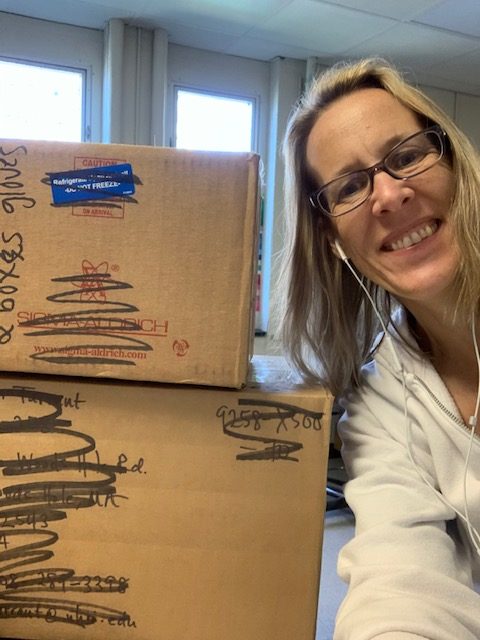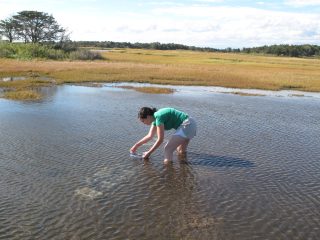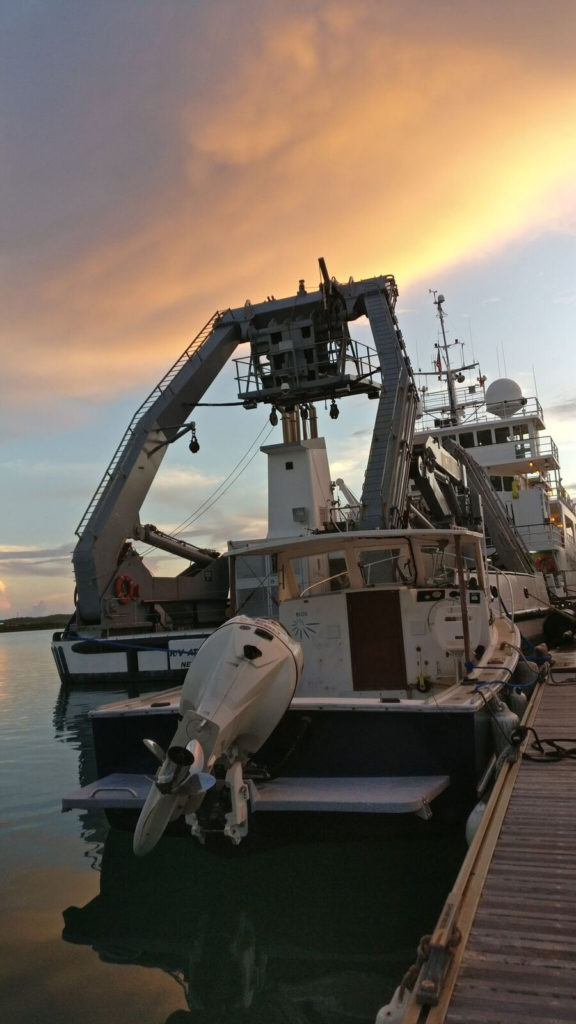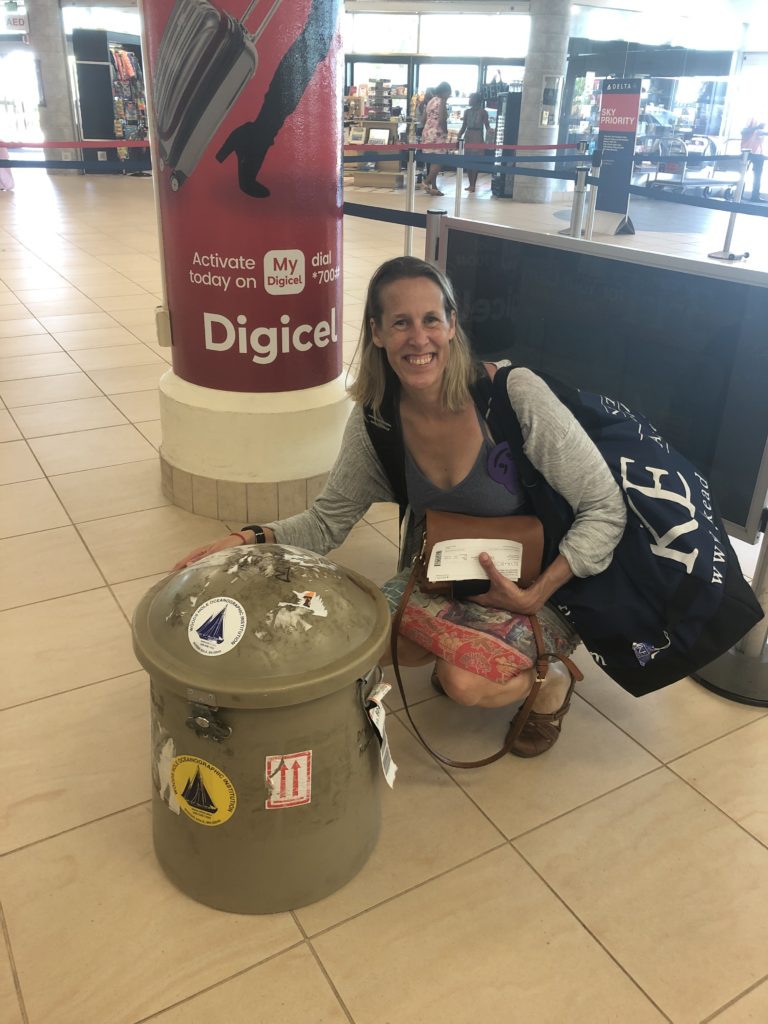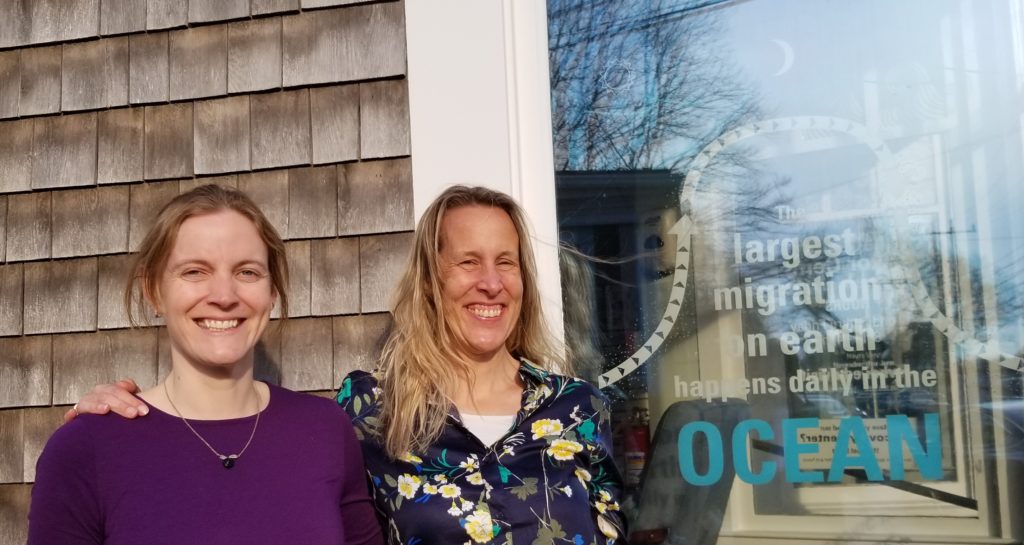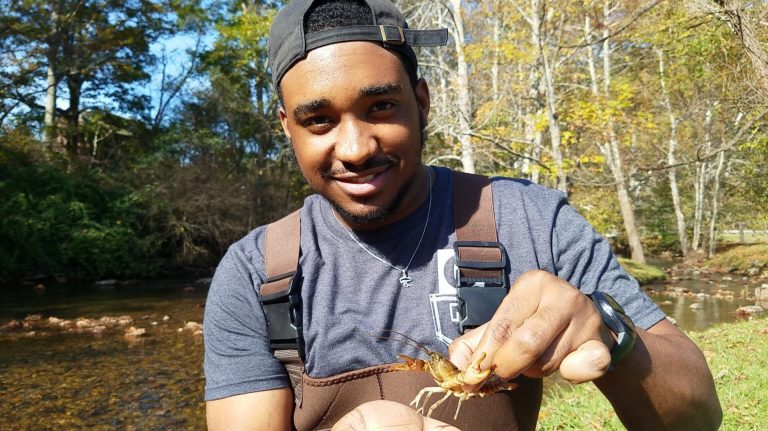Uncategorized
Science in an unusual time
Like most other Americans, and many people around the world, I’ve been “sheltering in place” for a couple of weeks now. I’m still getting used to this enormous change…just a few weeks ago, I was struggling to keep up with the hustle and bustle of daily life, and now…well, things look a lot different. I’m…
Read MoreDoes Stella enjoy siestas?
(llustration by Natalie Renier, Woods Hole Oceanographic Institution) Lots going on in the lab these days! Cory and I just got back from the 2020 meeting of the Society of Integrative and Comparative Biology. Cory presented a poster describing his work on thermal entrainment of circadian rhythms in Nematostella. The very short version is that…
Read MoreSleeping in and waking up
Sometimes “sleeping in” is a good idea We all know the value of a good nap. The world keeps spinning, but for a few minutes or hours, you can isolate yourself from all your worries and let your body recharge. Ever wish you could bury your head under the blankets for longer? Plenty of animals…
Read MoreStella goes wild!
We are happy to announce the recent online publication of: Tarrant AM, RR Helm, O Levy, HR Rivera. Environmental entrainment demonstrates natural circadian rhythmicity in the cnidarian Nematostella vectensis. In the Journal of Experimental Biology. jeb.205393 doi: 10.1242/jeb.205393 Published 14 October 2019. The photo shows Rebecca Helm deploying anemones in their native environment. The work…
Read MoreSaturday Adventures in the Lab
Sometimes being a scientist is exciting because we travel to remote destinations or make new discoveries. But sometimes it’s “exciting” for other reasons… This weekend both Cory (JP Student Cory Berger) and I were in the lab, taking care of our Nematostella colony and generally catching up on research. I was kind of grouchy because I had…
Read MoreThe Waiting
I’m waiting anxiously to get some RNA-seq data back from the sequencing provider. This data will allow me to construct a transcriptome from the Antarctic copepod Calanus propinquus, to see how gene expression changes with environmental conditions, and to learn how these animals vary their physiology in response to food availability. This copepod is particularly…
Read MoreA Dark and Stormy Night
Notes: This post was written by Isaiah Milton, an undergraduate researcher who is participating in the Woods Hole Partnership Education Program (PEP). The photo (taken by L. Blanco-Bercial) shows the SeaDance in the foreground with the Atlantic Explorer in the background. Isaiah was able to venture out on both vessels during his recent trip to…
Read MoreAirport outreach
Traveling is one of the biggest perks of a career in marine science, especially traveling for field work. Field work provides a unique opportunity to see an ecosystem first-hand. It can be a chance to set aside email, to postpone meetings and to really dive into science (sometimes literally). But the actual logistics related to…
Read MoreThe ups and downs of commuter life
(above: Amy Maas and Ann Tarrant, PIs on the project described below, pose in front of a WHOI window with an apt message.) I’m lucky in many ways. One that I often forget is that my daily commute only takes about 10 minutes. Not so for many American humans, and definitely not so for millions…
Read MoreWelcome Isaiah!
I’m delighted to introduce our newest lab member, Isaiah Milton, who will be joining our lab this summer through the Woods Hole Partnership Education Program. Isaiah just finished his junior year at Hampton University, where he is majoring in Marine and Environmental Science. At his home institution, Isaiah works in a genetics lab researching microRNAs in the…
Read More